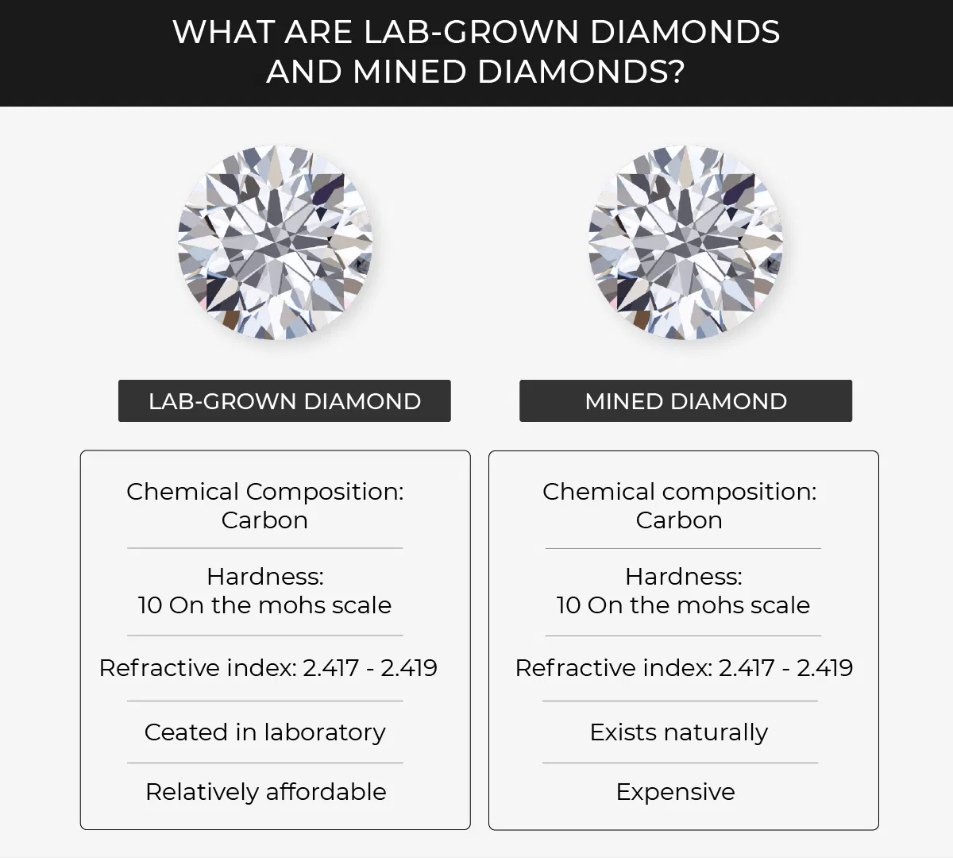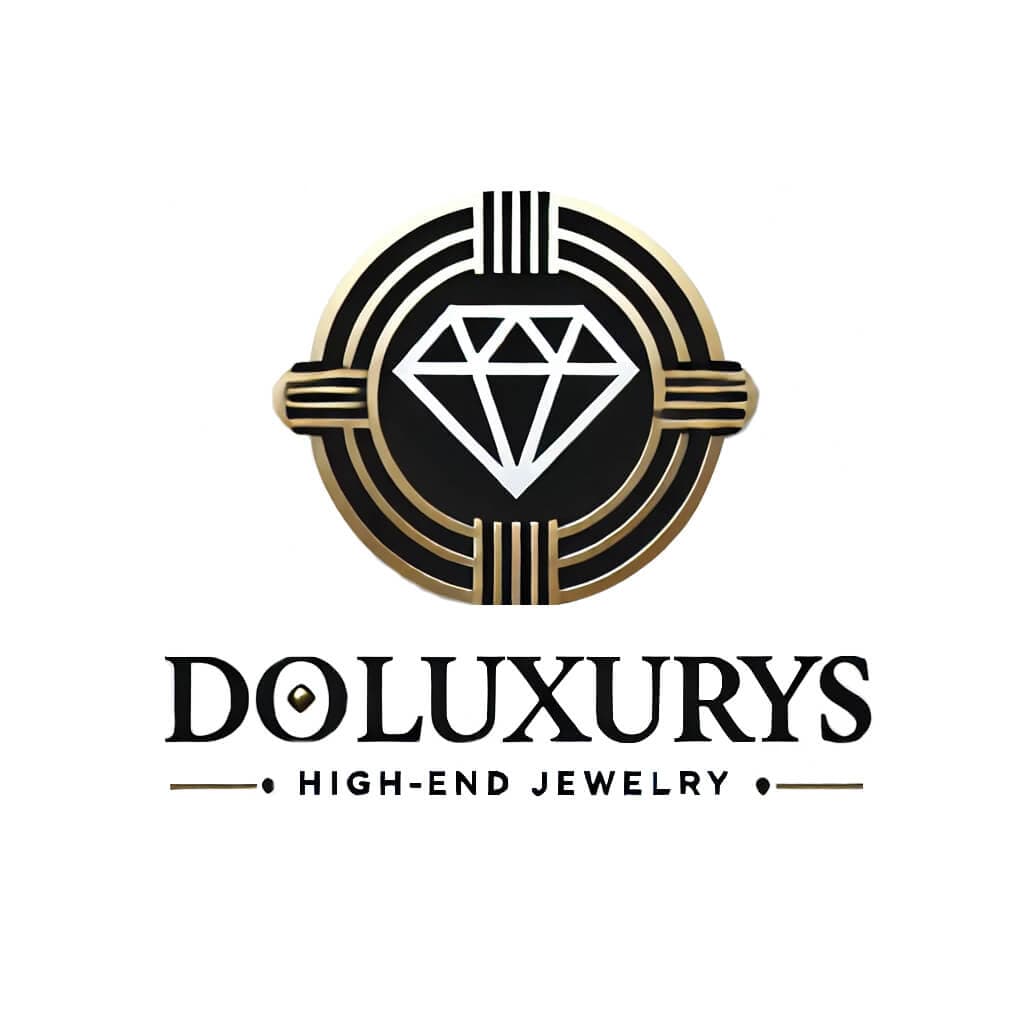Diamonds have long been a symbol of luxury, elegance, and love. But with advancements in technology, lab-grown diamonds have entered the scene, giving customers a new option that promises both quality and value. Understanding the differences between lab-grown and natural diamonds can help you make informed choices when buying high-end jewelry like a replica Cartier Love bracelet with pave diamonds, a copy Van Cleef Arpels 5 clover bracelet, or a fake Bulgari Serpenti ring. Let’s dive into what makes each type of diamond unique.
1. Origin and Formation
Natural Diamonds are formed over billions of years beneath the Earth’s surface. Under intense heat and pressure, carbon atoms crystallize into the precious stones we recognize. This long formation process makes each natural diamond unique, with distinct patterns and inclusions.

Lab-grown diamonds, on the other hand, are created in laboratories in just a few weeks using methods like High Pressure-High Temperature (HPHT) or Chemical Vapor Deposition (CVD). These diamonds have the same chemical and physical properties as natural diamonds but are grown under controlled conditions, resulting in fewer imperfections and consistent quality.
2. Appearance and Quality
Both lab-grown and natural diamonds share the same chemical makeup, which means they have identical sparkle, hardness, and durability. Lab-grown diamonds, however, tend to have fewer inclusions and are often nearly flawless due to the controlled environment they’re produced in. In contrast, natural diamonds have unique inclusions that give each stone character.

When it comes to replicating iconic designs like the Cartier Love bracelet with pave diamonds, lab-grown diamonds are a popular choice. They offer a similar luxurious appearance to natural diamonds while remaining more affordable.
3. Price and Value
One of the biggest differences between lab-grown and natural diamonds is the price. Lab-grown diamonds are generally more affordable, often costing up to 40% less than their natural counterparts. For example, if you’re looking for a luxury piece like a copy Van Cleef Arpels 5 clover bracelet or a fake Bulgari Serpenti ring, lab-grown diamonds can provide the same beauty at a fraction of the cost.

While natural diamonds tend to hold value due to their rarity, lab-grown diamonds are valued more for their beauty and ethical appeal than as long-term investments.
4. Sustainability and Ethics
Lab-Grown Diamonds are seen as an ethical alternative because they avoid issues linked to mining, such as environmental impact and labor concerns. For buyers looking to minimize their ecological footprint or prefer more ethical sourcing, lab-grown diamonds are often an attractive option.
Natural Diamonds carry the allure of rarity and history, but responsible sourcing practices are essential. Many consumers choose natural diamonds certified as conflict-free to ensure they meet ethical standards.
5. Choosing the Right Diamond for You
When it comes to deciding between a natural or lab-grown diamond, it ultimately depends on your priorities. If you’re seeking luxury jewelry that combines value with aesthetics, lab-grown diamonds are ideal for items like replica Cartier Love bracelets with pave diamonds. If sentimental value or the rarity of a natural diamond holds more appeal, then natural diamonds might be the way to go.
Whether it’s a replica Cartier, copy Van Cleef Arpels, or fake Bulgari jewelry piece, understanding these differences helps you choose a diamond that meets your style, values, and budget.
Most Sincere Advice
Both lab-grown and natural diamonds offer stunning options for luxury jewelry, each with its unique benefits. For those looking for affordable luxury with the added advantage of sustainability, lab-grown diamonds are the perfect choice. But if tradition, history, and rarity matter to you, then natural diamonds may better fit your desires. Whichever you choose, each type of diamond brings its own sparkle to treasured pieces.


